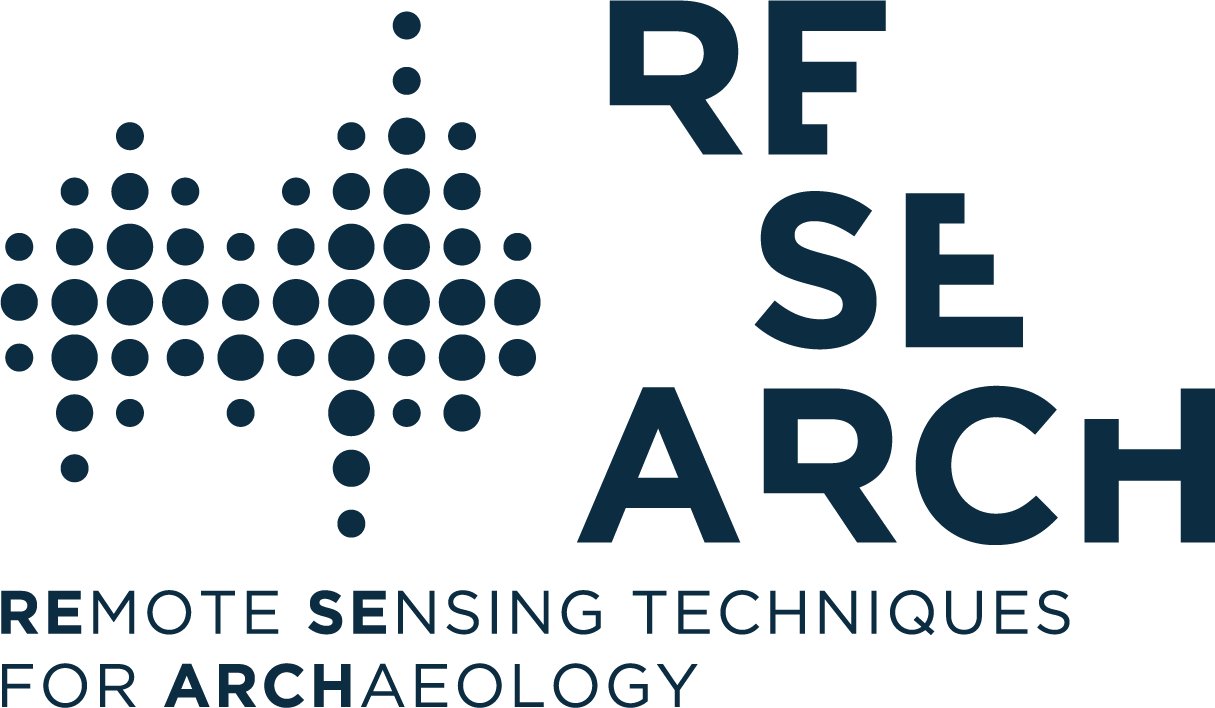Beside local environmental conditions and climate change, human activities represent the biggest threat to the preservation of archaeological heritage, especially the ones implying a modification in the use of soil and local resources. These include urban sprawl, the building of services and infrastructures, and extraction of physical resources, but also land conversion activities (such as agriculture and forestry) and livestock farming and grazing of domesticated animals.
Each type of land use and transformation in it can potentially damage the archaeological heritage preserved in an area, especially in absence of appropriate preventive measures and evaluations. Potential damages vary depending on the nature of the hazard and the vulnerability of archaeological feature to it. In the case of uncontrolled vegetation growth, archaeological areas and buildings can be invaded by vegetal species and impacted by roots systems. Because of this, monitoring land use and land use change in archaeological sites can help to prevent irreparable damage, even the loss of entire archaeological sites.
Land use and land use change can be assessed today by using remote sensing and various types of land use classifications. The Multispectral satellite/UAV sensors capture the electromagnetic energy reflected from the Earth’s surface, so that Visible (Vis), Near Infrared (NIR) and Shortwave Infrared (SWIR). They can be used to calibrate site-specific datasets, in order to offer information about the physical and chemical properties of the soil surface, such as the topsoil matrix, the presence and type of vegetation cover, urban areas and water sources. RESEARCH by comparing diachronic sets of images aims at determining the land use changes occurred through time in archaeological areas. Optical datasets at different resolutions and scale will be processed accordingly to the scope and spatial extent of the analysis. Categories of land use/cover defined specifically for each case study (Amathous, Falerii Novi, Vaitsi Mill, Sławno-Darłowo area), will be studied for the monitoring of important changes in a given period. To conduct these analyses, satellite and UAV multispectral and hyperspectral data, terrain attributes, and data collected in field investigation will be used. RESEARCH will design a risk assessment model for evaluating land use/cover change potential impact on archaeological heritage, by combining hazard maps based on the output data of data processing chain with archaeological vulnerability maps based on archaeological records.
Data processing software and risk model development provides the opportunity for secondments among partners, even if the COVID-19 Pandemic, and the related travel restrictions enact to contain the spread of the virus, affected the regular implementation of secondments during 2020.

WORK PACKAGE
LAND MOVEMENT
Land movement, also mass movement or mass wasting, indicates the downslope movement of a mass of surface materials, such as soil, rock or mud.
SOIL EROSION
Soil erosion is a natural phenomenon manly due to water runoff and wind.
THEMATIC PLATFORM
RESEARCH project aims at the creation of a Thematic Platform including back-end and front-end (Web Portal) and external interfaces.
CASE STUDIES
Falerii Novi (Italy); Amathous (Cyprus); Almyriotiki (Greece); Itanos (Greece); Vaitsi Mill (Greece); Slawno-Darlowo area (Poland) in particular: Darlowo monastery, Cisowo, Dzierzecin.
